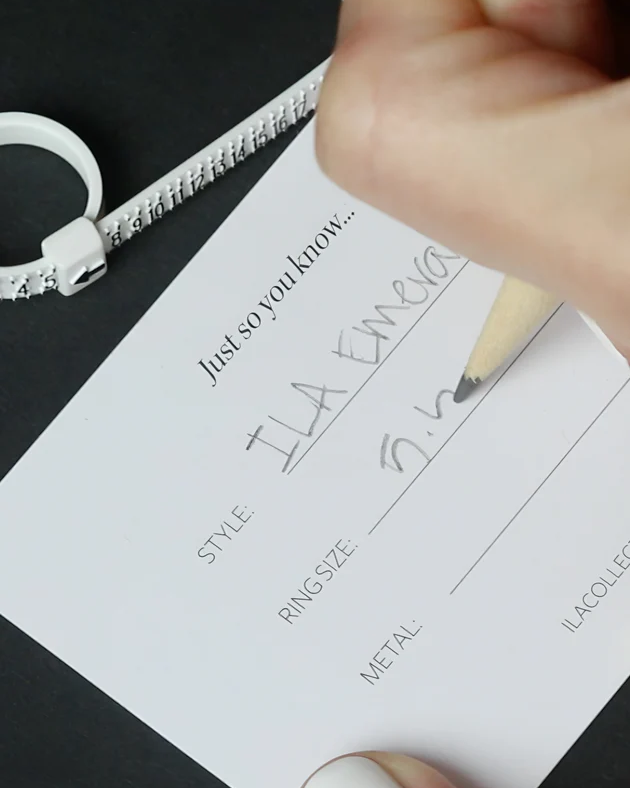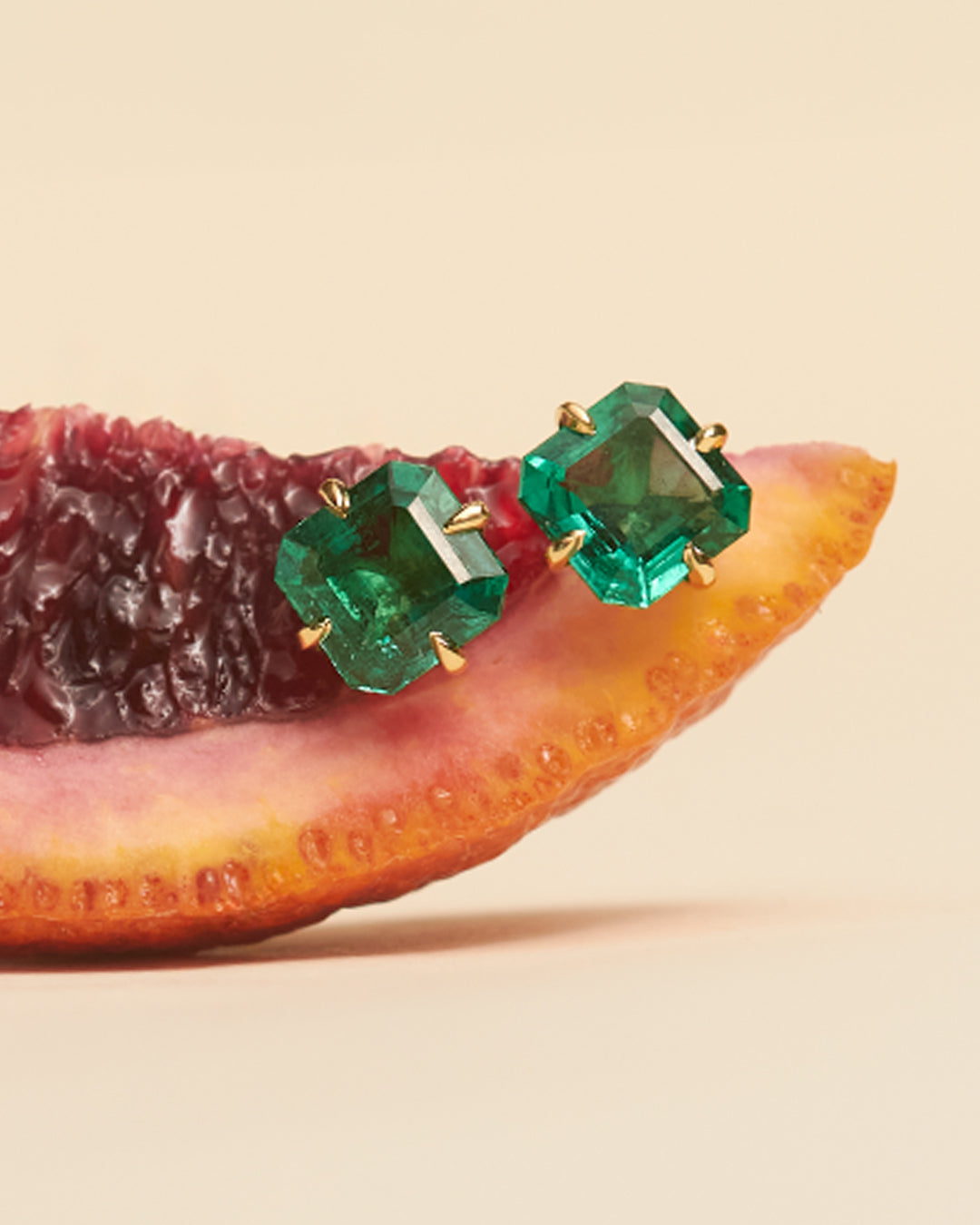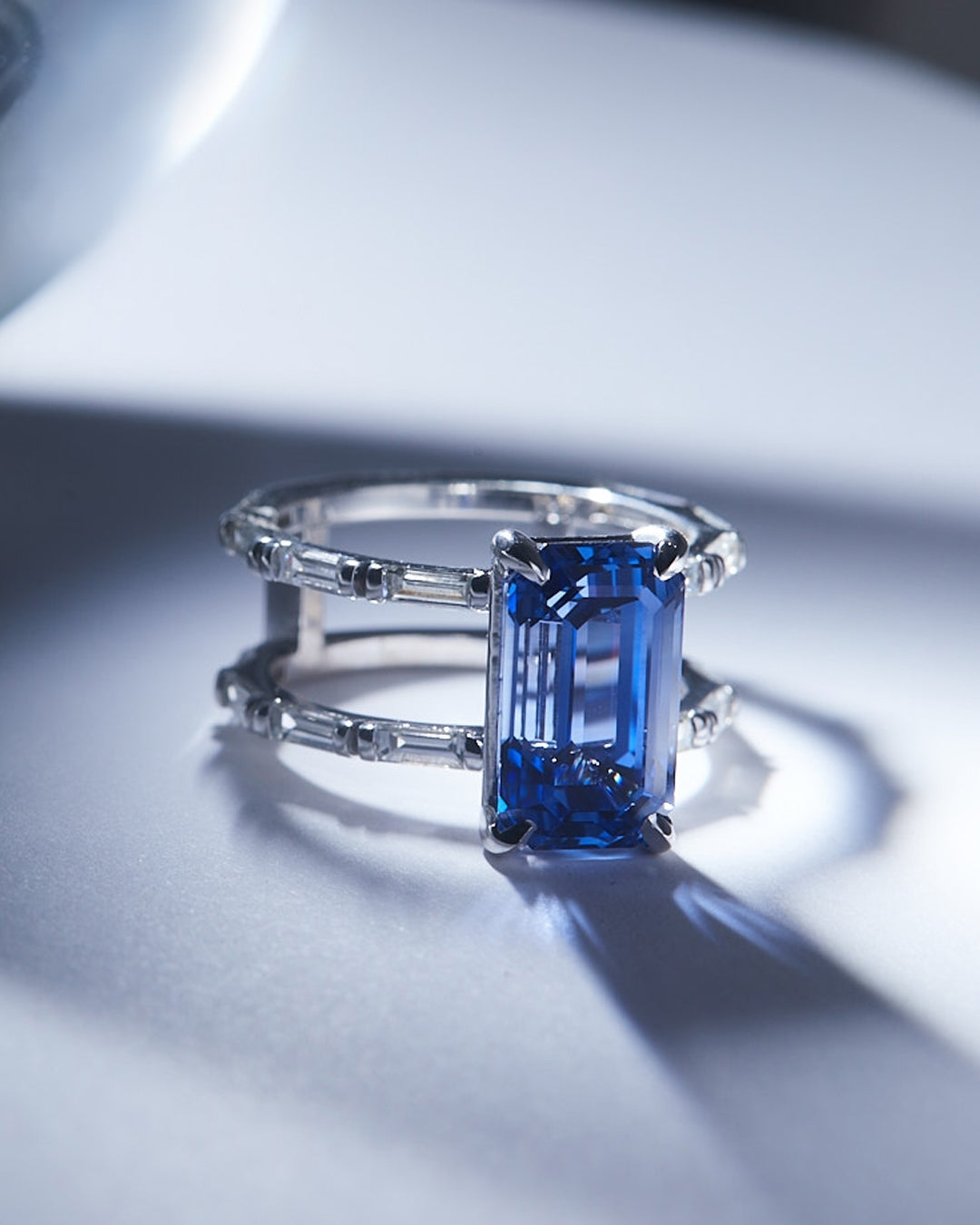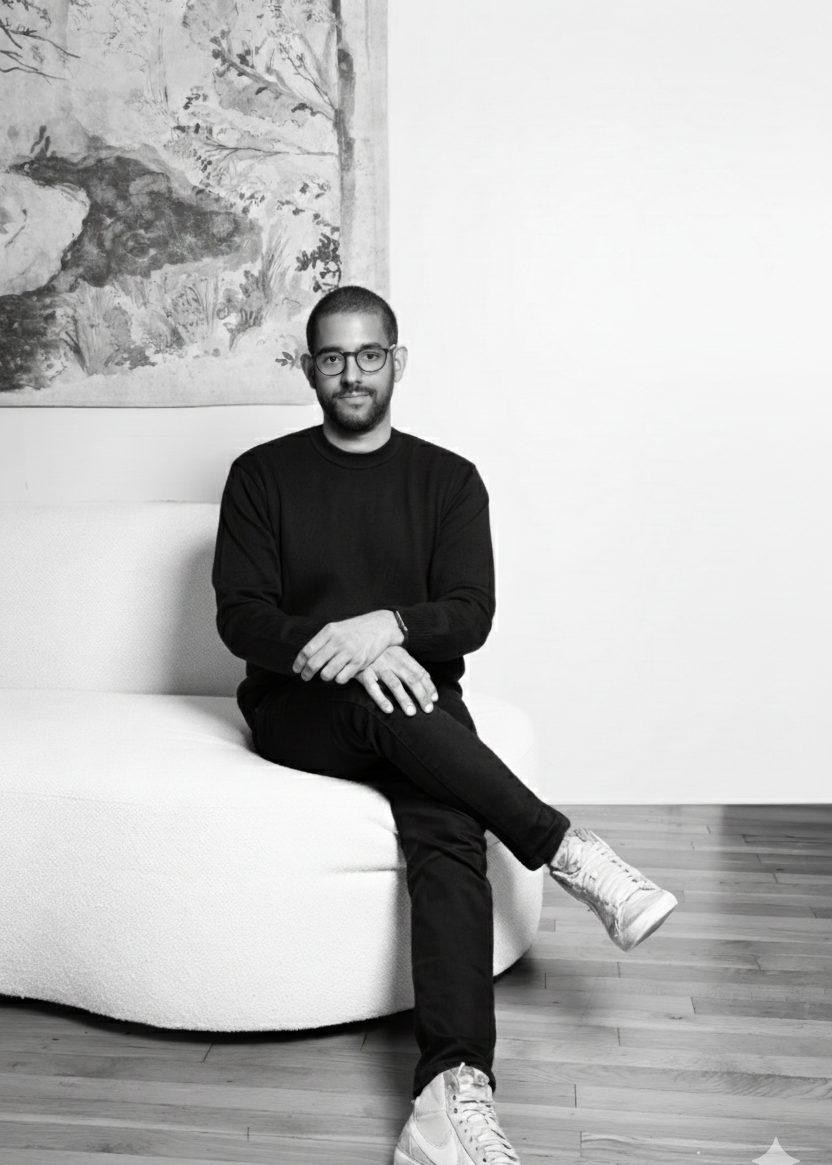
List of Natural Diamond Inclusions
The clarity of a diamond is determined by the absence of inclusions and blemishes. Inclusions are the internal or surface reaching characteristics in a diamond that are formed during the diamond formation. Inclusions are described by their shape and appearance. This helps in understanding the clarity grade better as well as creating a diamond plot for grading reports and certificates.
Below is a list of different types of inclusions:
- Pinpoints
These are small microscopic crystals that resemble tiny dots.
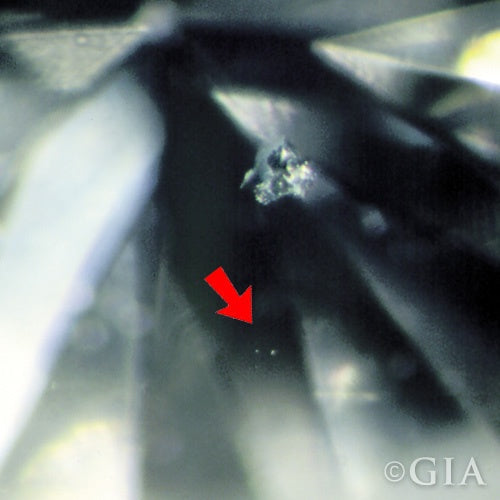
- Clouds
A group of pinpoints is called a cloud. At times if there are a lot of pinpoints in the cloud, it can cause the stone to have a hazy appearance.

- Feather
A feather is an internal-inclusion that is a crack within a diamond that resembles a feather when viewed at a certain angle. Often feathers are white inclusions. Feathers are not a reason to reject a diamond outright. There are at times when a feather can affect durability, but that is rare and on a case by case basis.

- Crystals
Sometimes during the diamond formation, minerals from the surrounding environment get entrapped. Crystals can come in any shape and color.

- Knot
A knot is a crystal that reaches the surface of the diamond or is close to it.

- Needle
A needle is a crystal that resembles a needle-like shape. These look like narrow rods.

- Cavity
A cavity is a gap or a hole in a diamond caused either while polishing due to an inclusion. It may also be present due to the removal of a surface-reaching inclusion.

- Twinning Wisps
Twinning wisps are elongated inclusions that consist of a group of pinpoints, needles, clouds or crystals.

- Laser Drill Hole
Sometimes to improve clarity, laser beams are used in a diamond that can leave a tiny hole behind.

- Internal Laser Drilling
Sometimes inclusions might be dark in appearance. Diamonds are internally drilled so that the impact of the laser creates a surface-reaching feather that can easily provide a way for bleach to reach the inclusion and improve the appearance.

- Internal Graining
You might notice certain lines or angles or curves while tilting a diamond. These can be whitish or reflective and are formed due to irregularities while diamond formation.

- Bearded Girdle
Due to the cutting and polishing of diamond, small hair-like feathers can be formed near the girdle. A heavily bearded girdle will look fuzzy in appearance.

- Indented Natural
Sometimes you will notice a part of natural diamond rough that stretches into the polished diamond. This is left behind deliberately by the cutter. Most often these are found near the girdle.



